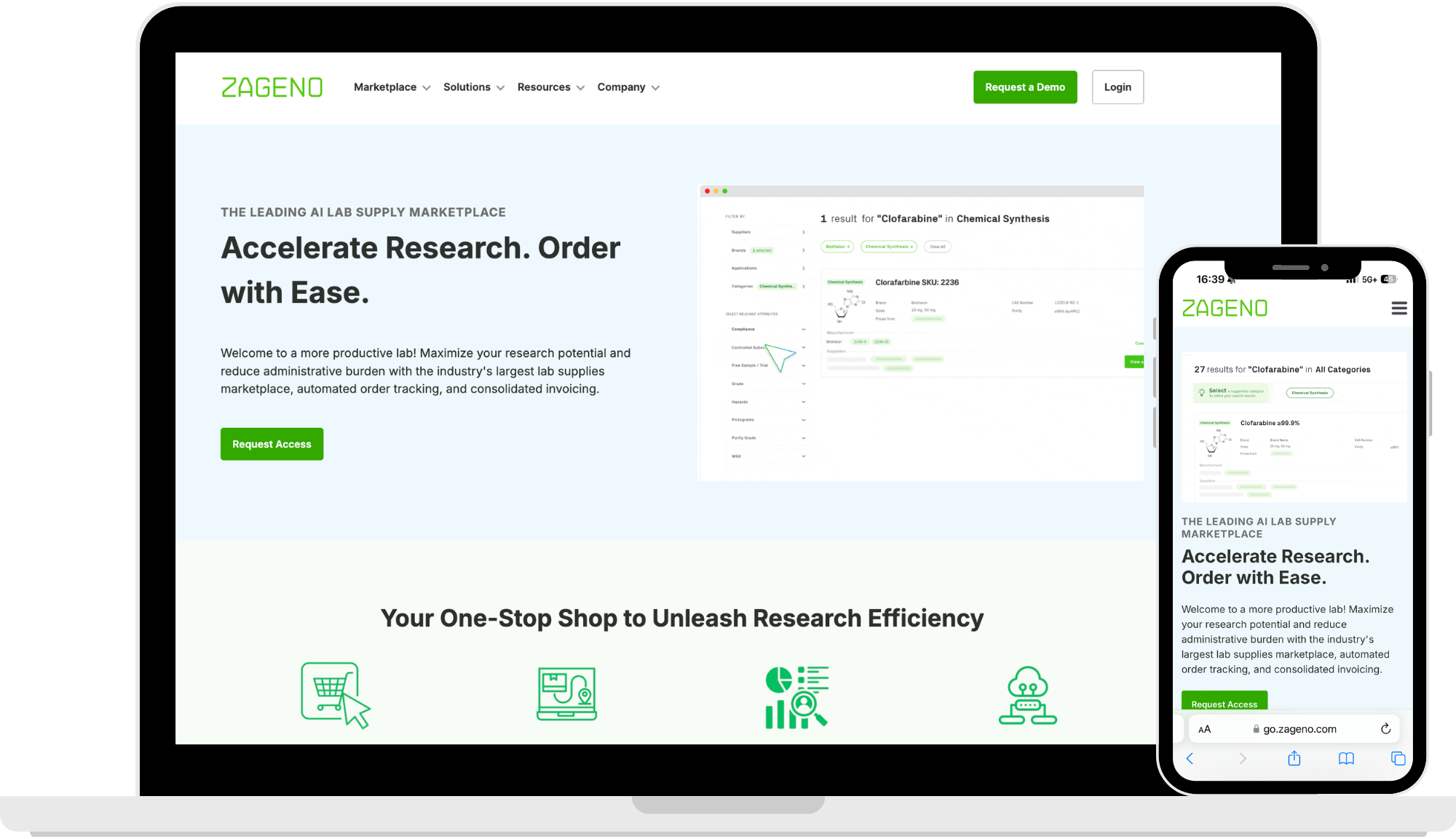Restriction digest failed again? Before you toss out your plasmid prep, here’s a troubleshooting checklist every molecular biologist should have. Restriction enzyme digestion is a cornerstone of cloning workflows, but even small mistakes can derail an experiment. This guide walks through the most common issues, their causes, and practical solutions, plus offers tips on preventing failures before they happen.
Why restriction digests fail (and how to prevent it)
Restriction enzymes are sort of a molecular scissors, cutting DNA at specific recognition sites and making them essential tools for cloning workflows. When the reaction doesn’t go as planned, it’s usually because of buffer conditions, enzyme quality, methylation, star activity, or even assembly order. Instead of re-running your digest blindly, use this reference to quickly diagnose what went wrong.
3 common restriction enzyme digestion problems and solutions
Problem: Incomplete digestion or no digestion
|
Possible Cause
|
Solution
|
|---|---|
|
Salt inhibition
|
Clean up DNA prior to digestion; evaporation raises salt concentration.
|
|
Impure DNA (phenol, chloroform, ethanol contamination)
|
Re-purify DNA to remove inhibitors.
|
|
Incompatible buffer
|
Always use the recommended buffer from the enzyme supplier; check compatibility for double digests.
|
|
Too few enzyme units
|
Use at least 3–5 units per µg of DNA.
|
|
Incubation time too short
|
Extend incubation.
|
|
Inactive enzyme
|
Confirm storage at –20 °C and avoid repeated freeze-thaw cycles.
|
|
Missing cofactors (Mg²⁺, ATP, DTT)
|
Add recommended cofactors.
|
|
Incorrect enzyme dilution buffer
|
Use enzyme dilution buffer, not water or 10X reaction buffer.
|
|
Improper assembly
|
Add enzyme last to avoid inactivation.
|
|
Excess glycerol (>5%)
|
Keep glycerol concentration below 5%.
|
|
DNA concentration outside 20–100 ng/µl
|
Adjust DNA input.
|
|
Recognition site absent
|
Re-check sequence.
|
|
Methylation blocking cleavage
|
Use dam-/dcm- strains or switch to a methylation-insensitive isoschizomer.
|
|
Incorrect incubation temperature
|
Follow enzyme-specific recommendations (not all cut at 37 °C).
|
|
Water impurities
|
Use molecular biology–grade water and run a negative control.
|
Problem: Unexpected cleavage pattern
|
Possible Cause
|
Solution
|
|---|---|
|
Partial digests (inhibitors, salt contamination)
|
Purify DNA before digestion.
|
|
Star activity (off-target cleavage)
|
Reduce enzyme units; always use recommended buffer.
|
|
Contamination with another enzyme
|
Replace enzyme/buffer stock.
|
|
DNA contamination with other templates
|
Prepare a new DNA sample.
|
|
Unexpected recognition sequences in template
|
Verify cloning strategy and confirm DNA sequence.
|
Problem: Diffuse DNA bands
|
Possible Cause
|
Solution
|
|---|---|
|
Poor DNA quality
|
Run undigested DNA on a gel; if smeary, re-purify DNA.
|
|
Nuclease contamination
|
Replace reagents, re-purify DNA, and use fresh stocks.
|
Practical tips for reliable DNA digests
- Place enzyme on ice immediately after removal from –20 °C.
- One unit of enzyme typically cuts 1 µg DNA in a 50 µl reaction in 1 hour.
- Always add the enzyme last to the reaction mix.
- Mix gently by pipetting; avoid vortexing restriction enzymes.
- Include a control digest with lambda DNA.
- Double-check reaction conditions (temperature, time, buffer).
- Always compare digested vs. undigested DNA on a gel.
FAQs
- Why is my restriction digest not working?
Most failures are due to buffer incompatibility, inactive enzymes, or DNA contamination. Start by checking buffer, enzyme storage, and DNA quality. - How much restriction enzyme should I use?
Use 3–5 units of enzyme per µg of DNA. More enzyme doesn’t always help. Excess can trigger star activity. - Can DNA methylation block restriction enzymes?
Yes. Methylation can protect recognition sites. Consider using methylation-insensitive enzymes or propagating plasmids in dam-/dcm- E. coli strains. - What’s the best order for setting up a digest?
Water → buffer → DNA → enzyme (last). Adding enzyme directly to concentrated buffer can inactivate it.
Related resources for successful restriction digests
Planning your next digest? Reliable results start with consistent lab supplies. With ZAGENO’s lab supply marketplace, you can:
- Compare restriction enzymes, buffers, and DNA cleanup kits from 5,000+ suppliers in one place.
- Check scientific equipment vendor comparisons.
- Streamline ordering and approvals with a lab procurement platform built for R&D teams.

Restriction enzyme digestion failures are frustrating, but most issues trace back to predictable causes. By troubleshooting systematically and using fresh, high-quality reagents, you’ll save hours of cloning time. And with ZAGENO, you can ensure your lab always has the right enzymes, buffers, and DNA prep kits on hand to keep experiments moving.

Never let a failed digest slow your research. Explore how ZAGENO helps you source restriction enzymes and DNA prep kits from 5,000+ suppliers in one place.







